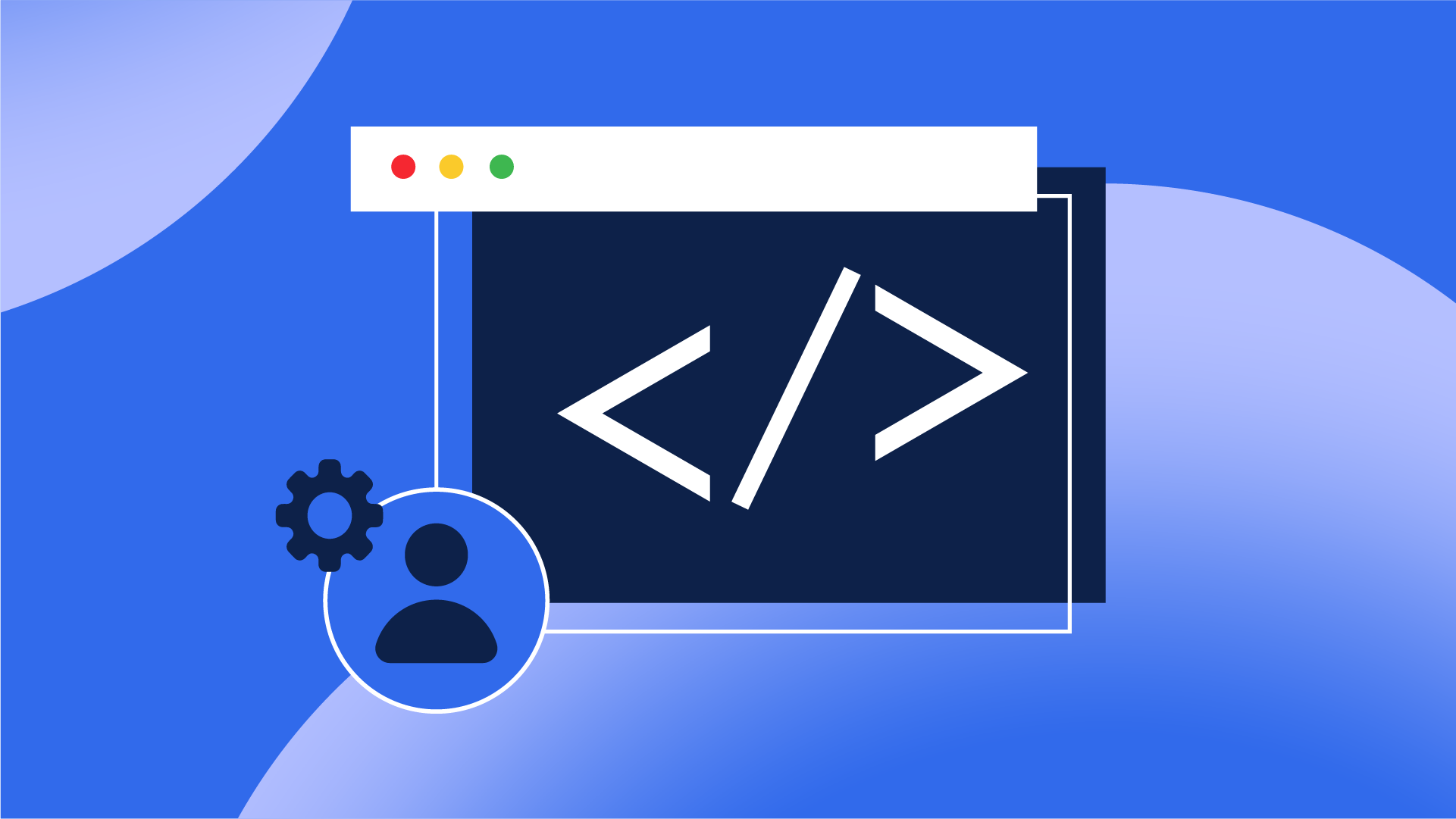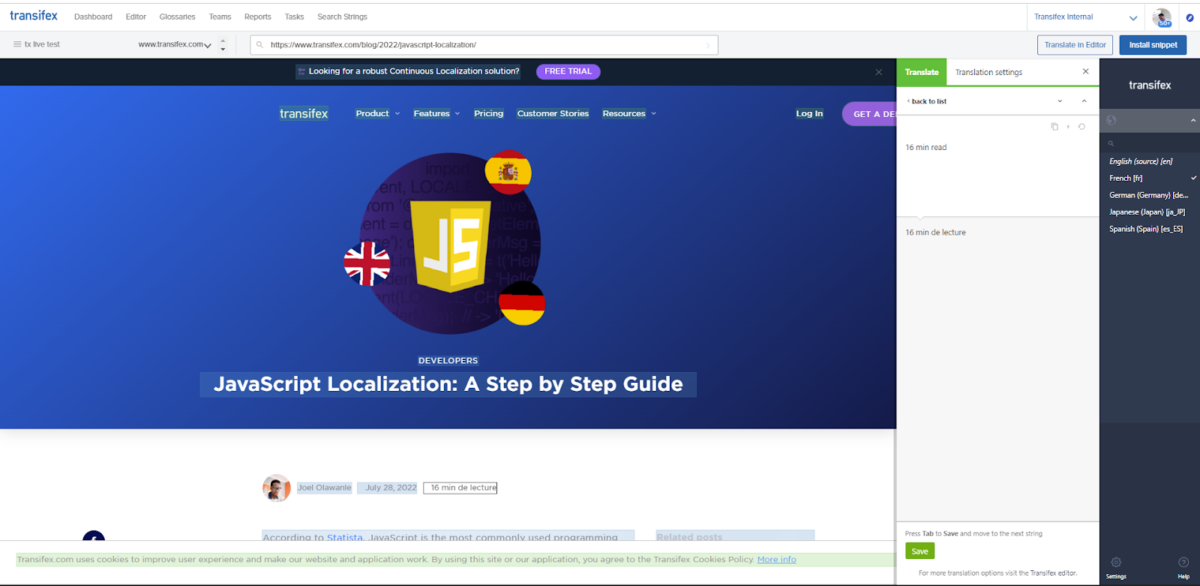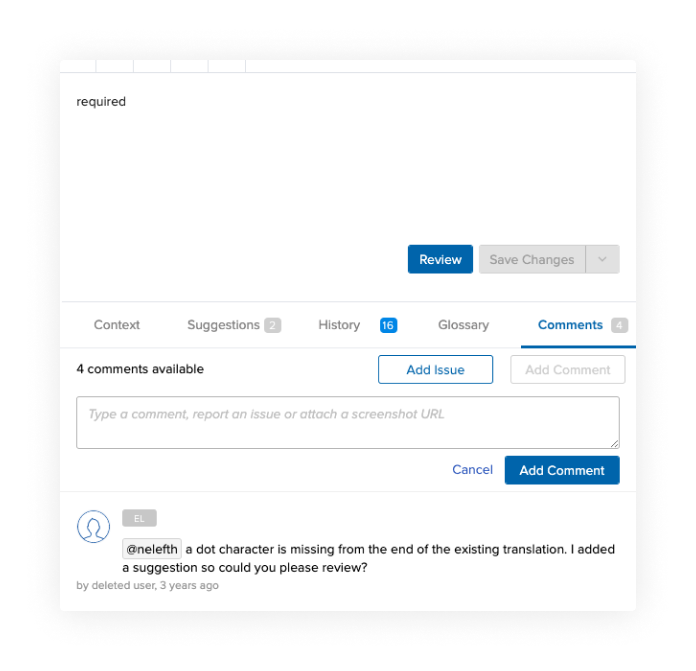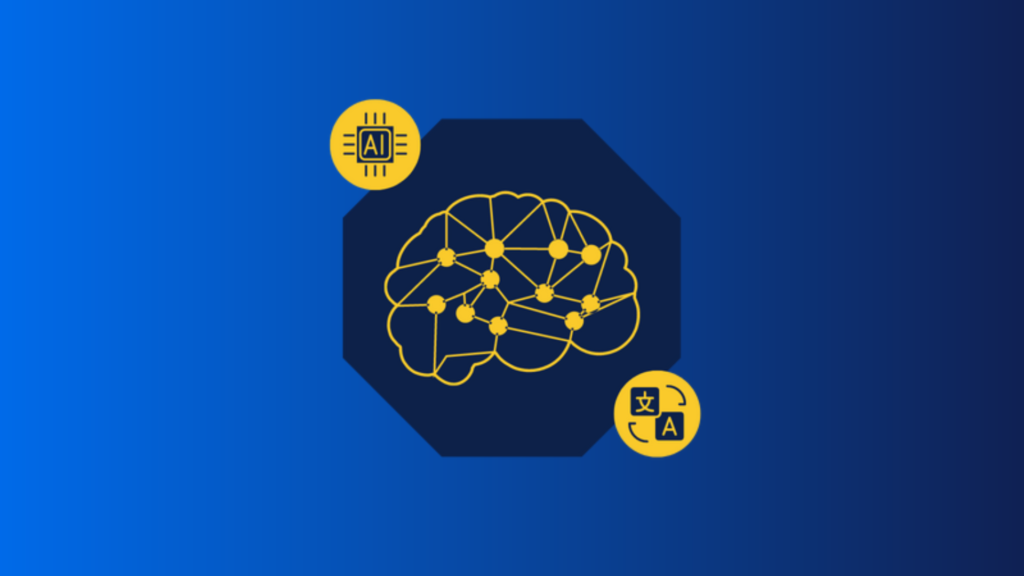Looking for ways on how to cut localization costs?
You can cut expenses without compromising on quality and output by implementing a great localization strategy and using the right tools. In fact, you can even increase your quality and output higher-quality work, thus also increasing your Return on Investment (ROI).
Vida Health, for example, saves up to 25% a month by leveraging existing content in their translation memory database.
Here are 6 ways you, too can cut localization costs while maintaining high-quality translations!
1: Implement a Content Localization Strategy Plan
In a perfect world with an endless supply of time and funding, we would all localize, well, everything. But in reality, for everything we invest in, we are expected to bring back something in return.
One of the best ways to increase that return on investment is by first localizing what is most likely to deliver the best results.
You can start by looking at which of your content is already performing well, be it on your website or app. For example, where are you getting the most visits and from which regions? Focus on that before deciding to venture in unexplored regions.
One more thing to keep in mind is what completes the user experience so that you won’t harm your brand image.
For example, maybe only 2 out of your 5 product feature pages are getting most of the conversions. But that doesn’t mean you should only translate half of your product’s features. You wouldn’t want a prospect browsing your website and finding only half of the information they are after. It’s unprofessional and doesn’t serve their best interest.
For more advanced strategy tips, we’d recommend looking into localization examples of how other companies are growing via localization.
2: Target Your Ideal Audience
One of the most burning questions in localization is which languages and regions to target. And since there are more than 7,100 languages in the world, we absolutely can’t afford to localize apps and websites for all of them.
A good starting point is targeting the regions already visiting your platforms but don’t convert at the same rate as native speakers. After all, research shows that 76% of people prefer buying products with info in their native language, while 40% would never buy from websites in other languages.
If you don’t have the necessary tools to get these insights, here are 3 of the most important ones:
- Google Analytics for monitoring your traffic across regions
- Ahrefs for monitoring your website’s health, organic SEO, and international SEO efforts
- HubSpot for managing your contacts
Once you are past the stage of localizing for your existing audience and in need of expanding more, ask yourself these questions:
- What regions are your competitors targeting?
- Who would most likely be interested in what you are offering?
- What places have an interest in your industry that your competitors have yet to reach?
3: Make Internationalization a Priority
We all want to grow our business and use everything at our disposal to do so, such as localization. But let us keep in mind that localization was originally born and exists due to the rise of software from all the way back in 1980.
That is to say, you can’t just grab your content from your website/app, translate it, throw it back in, and expect everything to work flawlessly. You have to ensure your website and applications are properly prepared and optimized for localization from the first time.
This process is what we call internationalization. And internationalization is important ‘cause if you don’t do it right, you’ll end up investing more resources in fixing bugs in the long run.
If you want a sample of how internationalization works in practice, take a look at these 5 internationalization tips.
Speaking of doing things right from the first time, it’s also highly recommended to start your localization process from the design phase. This means that instead of localizing your website or app and then going back to fix UI issues, you start designing the UI while localizing and testing how everything works seamlessly.
This allows you to preview how the translations are going to look before the development starts and catch bugs proactively.
You can do that by integrating your Translation Management tool with software such as Sketch or Figma.
4: Automate Repetitive Tasks
The typical localization process often looks like this:
- Extract content from your platform
- Upload it somewhere where your localization team can get access to it
- Use any communication tools at your disposal to translate efficiently
- Perform quality assurance (Character limitations, styling consistency, etc)
- Extract your translated content
- Have the engineers upload and deploy the translated content
Stuck on repeat every time you want to push an update. And in between these steps, lots of things can go wrong and end up increasing the overall cost. Instead, imagine if the process looked more like this:
- Localize
- Press a button to go live
If that looks like a better alternative, you’ll need to use the right software. Just like sales use CRMs and marketers rely on marketing automation software, localization managers also have localization tools.
Here is how you can solve each of the above repetitive problems with software.
Content Extraction, Uploading, Editing, Deployment
Without software, you’ll be stuck on an endless loop of having to get your content from your platform to the translators, and then the engineers deploy it to your platform.
To solve this, all you really need is a Translation Management System (TMS) such as Transifex. Then you simply have to connect that TMS to your platform with a Continuous Integration/Continuous Delivery solution like Transifex Native for apps or Transifex Live for websites and web apps.
This solves repetitive content extraction as after setup, the TMS “communicates” with your platform to automatically sync translations with the press of a button.
Communication & Quality Assurance
Proper communication is a big part of localization. You want to make sure your translators get proper instructions and feedback.
But when you are dealing with content that contains thousands of work, this quickly takes a chaotic turn. We are talking about translators looking for context, reviewers pinpointing wrong translations and their translators, localization managers scrolling through hundreds of sheets to find what they need, etc.
You can make this more efficient by using built-in tools that come with a Translation Management System, such as:
- Visual context so that translators know what they are translating
- Search strings for everyone to easily find the content they are looking for
- Quality Assurance tools for reviewers, like Translation Checks, so that you can automatically ensure translations meet your criteria
- Comments and Issues for translators to mention when they help with something or for reviewers and localization managers to provide context
And more, depending on how the localization team works.
Automating such tasks and making it easier to work on them increases your efficiency, thus, also cutting localization costs.
5: Utilize Machine & Human Resources
For anyone wondering how to cut localization costs, one of the first things to come to mind is Machine Translation. And there is utility in that thought.
AI works several times faster than translators and costs a fraction of the expenses.
But do not forget why we are investing in localization.
Localization is not just about translating content. You want to make your business more appealing to people across the globe, and that’s mostly done by adjusting your content to what locals love.
Machines are great for quickly translating one or two-word sentences, but they can not relate to humans.
You need the best of both worlds.
- Machine Translation for completing as many simple words and sentences as possible
- Translators to provide you with high-quality interpretations
In our Translation Management System, MTs are built-in to the platform, which allows you to seamlessly work with both translators and MTs!
Simply put, you can first have an MT tool like Google Translate or DeepL to quickly translate your content as a rough first pass. Then translators can come in, review what the MT did, and add high-quality translations where MTs are lacking.
6: Reuse Existing Translations
If you have a large localization project, it is very common to come across identical translations. For example, maybe your desktop and mobile apps share the same content. Or maybe you have an eCommerce platform that uses a lot of similar words to describe similar products.
In cases like these, you can utilize a tool called “Translation Memory”. As the name suggests, Translation Memory creates is a database of your completed translations that gives you the option of using them with the press of a button.
Fewer words to work on results in faster delivery and less work for translators, reviewers, and localization managers, thus, lower localization costs for you.
More specifically, Juntos witnessed a 40% decrease in their localization costs and a 60% decrease in time required to troubleshoot global Customer Relationships, mostly by relying on Translation Memory and the Transifex Translation Management System.
Wrapping Up
You came here seeking how to cut localization costs and hopefully completed your quest. But we understand all of this is a lot to process, so allow us to wrap up in a simplified way:
- Implement a content localization strategy: Don’t just blindly localize everything. Start with what is most likely to have the largest impact.
- Target your ideal audience: Some markets may be more interested in what you have to offer. Focus on them.
- Make internationalization a priority: Before moving on with localization, make sure that your website and apps are properly prepared on the technical side to avoid additional expenses on bug fixing.
- Automate repetitive tasks: Use localization software to make content management and team management easier to cut down on hours from manual tasks.
- Utilize machine translation & human resources: Don’t simply rely on one or the other. Combine both under a Translation Management System to get the best of both worlds.
- Reuse existing translations: Use Translation Memory so that you won’t have to waste resources on translating identical content.















